A complete retrospective of Rainer's films, including her seven feature films and important shorter works.
See the schedule
Download and print (PDF, 5pp., 238KB)
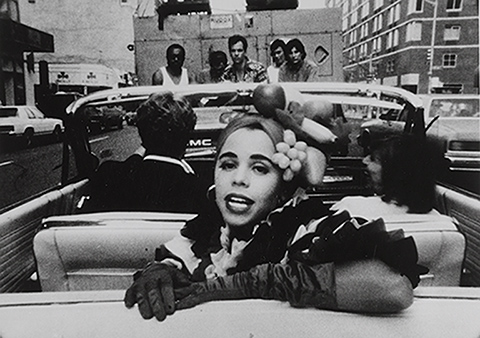
Yvonne Rainer in the “Bach” section of Terrain (1963), Yvonne Rainer. Judson Memorial Church, New York, 1963. Photo: Al Giese. The Getty Research Institute, 2006.M.24
Yvonne Rainer reads from her journal.
Notebook, Yvonne Rainer, 1981–83. Ink on paper. The Getty Research Institute, 2006.M.24
Yvonne Rainer and Bill Davis in “Love,” the final section of “Play” in Terrain (1963), Yvonne Rainer. Judson Memorial Church, New York, 1963. Photo: Al Giese. The Getty Research Institute, 2006.M.24
Yvonne Rainer at rehearsal for Parts of Some Sextets (1965), Yvonne Rainer. New York, 1965. Photo: Al Giese. The Getty Research Institute, 2006.M.24
Yvonne Rainer reads from her journal.
Notebook, Yvonne Rainer, 1960–62. Ink on paper. The Getty Research Institute, 2006.M.24
Score for “Trio B, Running” from The Mind Is a Muscle (1966–68), Yvonne Rainer, 1966–68. Graphite and ink on paper. The Getty Research Institute, 2006.M.24
“Valda’s Solo” from the film Lives of Performers (1972), Yvonne Rainer. Photo: Babette Mangolte. The Getty Research Institute, 2006.M.24
John Erdman and Yvonne Rainer in This is the story of a woman who . . . (1973), Yvonne Rainer. Theater for the New City, New York, 1973. Photo: Babette Mangolte. The Getty Research Institute, 2006.M.24
Poster for “A Concert of Dance Nos. 14, 15, 16,” Judson Memorial Church, New York, 1964. Design by Robert Morris. Offset print on paper. The Getty Research Institute, 2006.M.24
May 27–October 12, 2014Getty Research Institute
Dancer, choreographer, filmmaker, and writer Yvonne Rainer (American, b. 1934) is one of the most influential artistic figures of the last 50 years. Her work has been foundational across multiple disciplines and movements: dance, cinema, feminism, minimalism, conceptual art, and postmodernism.
Rainer first came to prominence as a leading figure in the Judson Dance Theater movement, a loose collection of dancers and artists whose performances (often held at the Judson Memorial Church in New York City) crossed fluidly between the fields of dance and visual art, creating a striking and intellectualized form of performance that denied the theatricality and emotionalism of modern dance in favor of movements that seemed casual, spare, and cool.
Over time, Rainer's works became increasingly personal and political, and by the early 1970s she had begun to focus on producing experimental feature films. Over the next 25 years, Rainer produced an extraordinary series of films that engaged with the most advanced theoretical thinking of the time while also grappling with issues of power, privilege, and inequality. In 2000, Rainer returned to choreography and has continued to produce provocative and surprising new works to the present day.

A complete retrospective of Rainer's films, including her seven feature films and important shorter works.
See the schedule
Download and print (PDF, 5pp., 238KB)
Friday and Saturday, October 3 and 4, 2014
7:30–9:00 p.m.
Harold M. Williams Auditorium, Getty Center
Thursdays at 2:00 p.m.
July 24–October 9, 2014
Note: No tour on August 14
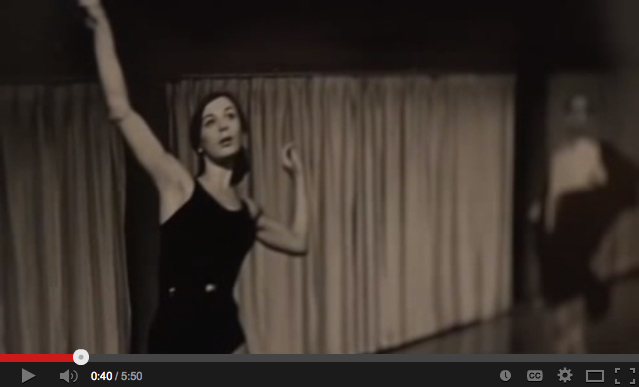
Museum Ludwig | April 28–July 29, 2012
Yvonne Rainer discusses her work in the galleries of the Museum Ludwig, Cologne, for the exhibition Yvonne Rainer—Raum, Körper, Sprache.
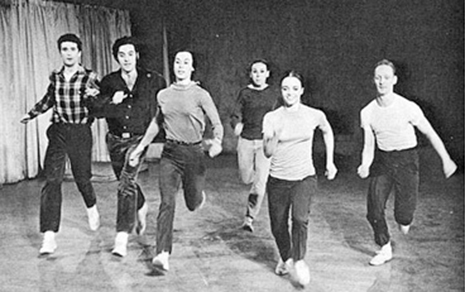
David Velasco | July 10, 2012
The choreographer, dancer, writer, and filmmaker Yvonne Rainer was born in San Francisco in 1934 and moved to New York in the 1950s, where she helped cofound the Judson Dance Theater in 1962.
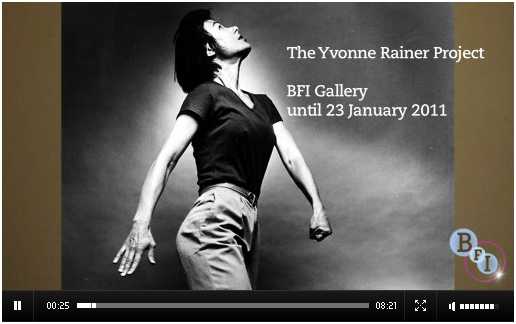
November 26, 2010–January 23, 2011
The legendary American dancer, choreographer, and filmmaker Yvonne Rainer speaks about her work and the BFI Gallery's The Yvonne Rainer Project.
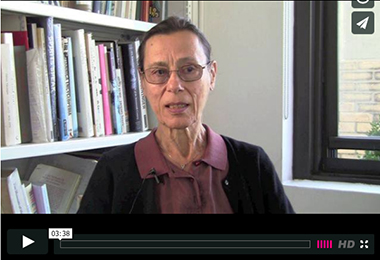
October 17, 2011
Yvonne Rainer interviewed at the Artforum offices on October 17, 2011, which is part of artforum.com's ongoing commemoration of the 50th anniversary of Judson.